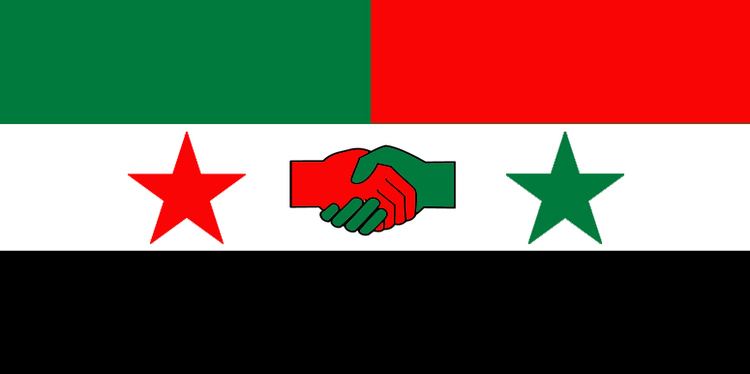Arab League initiative I 2011 Churkin peace plan 2012 Lakhdar Brahimi peace plan 2012 | Arab League initiative II 2011-12 Kofi Annan peace plan (Geneva I) 2012 U.S.–Russia peace proposal (2013) 2013 | |
 | ||
In November 2011 – January 2012, the Arab League twice tried to mediate in the Syrian civil war, without much success.
Contents
First attempt
On 2 November 2011, the Syrian government agreed to an Arab League peace plan to the effect that its army would no longer be deployed in violent crackdowns against peaceful demonstrators, tanks would be withdrawn from the cities, all political prisoners be released, a dialogue with the opposition begun within two weeks, and Arab League and foreign media allowed to monitor the situation. When on 6 November at least 23 demonstrators were killed, the Arab League considered this a first breach of promise by Syria.
On 12/13 November Syrian opposition groups counted 300 demonstrators and other opponents of the government allegdly killed since 2 November. The Arab League therefore threatened to suspend Syria’s membership of the League if it wouldn’t execute the peace plan before 16 November.
On 16 November, the Arab League indeed suspended Syria’s membership of the League.
Second attempt
19 December 2011, Syria signed another Arab League peace plan that called for withdrawal of the Syrian army and the rebel forces from the streets, the release of political prisoners, admittance of Arab League monitors to Syria, and the start of talks between the government and dissidents.
26 December, 50 Arab League monitors began arriving in Syria. One of them told already on 26 December to Al Arabiya broadcaster by telephone: “This regime is taking revenge on its people (…) what’s happening in Syria is genocide”. The following weeks, the Arab League mission was heavily criticized because Damascus did not keep its promises. Critics said, the Arab League monitors’ presence imparted legitimacy to the violent actions of the Syrian army.
Around 20-22 January 2012, the Arab League decided to extend the mission, which had technically expired 19 January, for another month, add more members to it, and provide them with more resources. This decision prompted Saudi Arabia on 22 January to pull its monitors from the Arab League mission and call on Russia, China, Europe, the U.S. and the Islamic states for “all possible pressure” on Syria to adhere to the Arab peace plan.
Around 23-24 January, Assad turned down another Arab League plan to stop the bloodshed. The other Gulf states: Kuwait, Qatar, Bahrain, Oman and the United Arab Emirates now concluded that the bloodshed hadn’t abated, and therefore the Arab League observer mission was useless, and decided to also withdraw their observers from Syria. On 27 January, the head of the Arab League mission, Mustafa al-Dabi, warned that violence in Syria had intensified considerably in recent days. On 28 January 2012, the Arab League suspended its monitoring mission because of the worsening violence.
